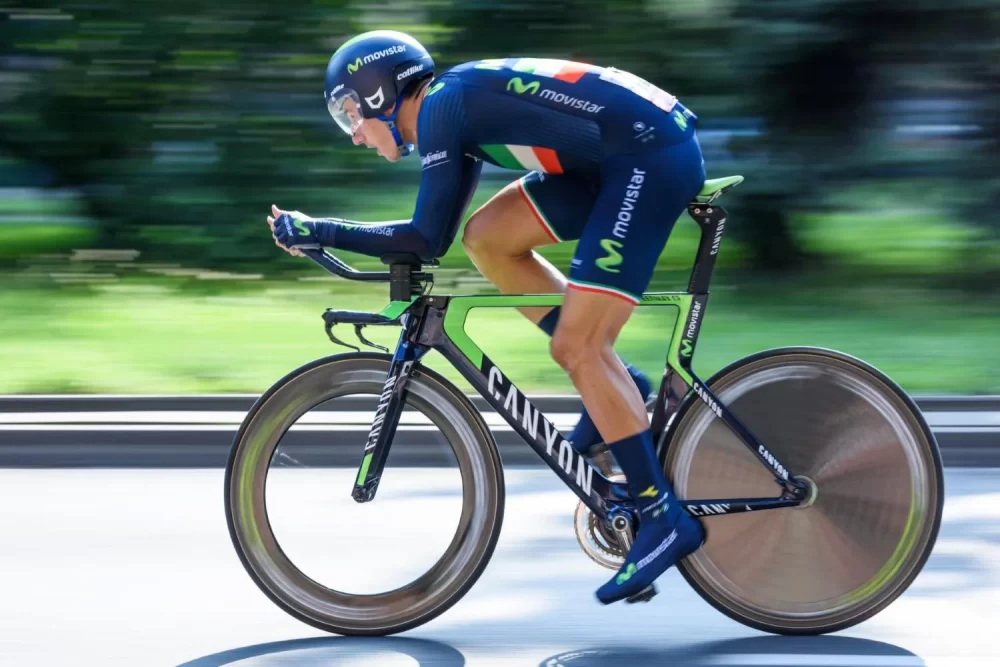How to Photograph Moving Objects in Action: A Complete Guide
May 12, 2025

1. Understanding Motion in Photography
Motion is a key aspect of action photography, but capturing it effectively can be challenging. When photographing moving objects, it’s essential to understand how motion impacts your images and how you can control it. The primary goal is to either freeze the motion or create a sense of movement. This can be achieved by manipulating various settings on your camera, such as shutter speed and aperture, as well as using the right gear. By understanding motion and how to work with it, you can take your action shots to the next level.
2. Choosing the Right Gear for Action Shots
To photograph moving objects in action, having the right gear is crucial. The camera body should have a fast autofocus system and a high frame rate to capture multiple frames per second. Lenses with quick focus motors, such as telephoto lenses, are also ideal for capturing moving subjects. Moreover, you’ll want to use a tripod or monopod to ensure stability, especially for fast-moving action where even slight camera shake can ruin the shot.
When photographing high-speed action, like sports or wildlife, a camera with a high burst rate (10 frames per second or more) is essential. In addition, a lens with a wide aperture allows more light into the camera, which is beneficial when working with faster shutter speeds.
3. Perfecting Shutter Speed for Moving Objects
The key to capturing moving objects is adjusting your shutter speed. If you want to freeze the motion and capture sharp, crisp images, you'll need a fast shutter speed—usually 1/500 or higher, depending on the speed of the subject. For example, when photographing a car racing by, a shutter speed of 1/1000 sec or faster may be necessary to freeze the motion perfectly.
On the other hand, if you’re looking to create a dynamic blur to show the subject’s speed, you can use a slower shutter speed. A technique known as panning—where you follow the subject with your camera as it moves—allows you to keep the subject in focus while creating a beautiful blurred background that suggests movement. Experimenting with shutter speed will help you find the perfect balance for the desired effect.
4. Capturing Dramatic Motion Effects
Capturing dramatic motion effects involves playing with light and movement in unique ways. One technique is to use long exposure, which involves keeping the shutter open for several seconds. This works especially well when photographing night scenes or water, where motion creates beautiful, soft blurs.
Another technique is known as “dragging the shutter,” which combines a slow shutter speed with a flash. This allows you to capture both the subject’s motion and a sharp image of the subject at the moment the flash fires. It’s an excellent technique for subjects like dancers or athletes, where the background shows their movement while their form remains crisp and clear.
5. Practical Examples of Action Photography
To better understand how to photograph moving objects in action, let’s look at a few examples:
Sports Photography: A soccer match is a classic example. To freeze the motion of a fast-moving player, set your shutter speed to 1/1000 sec and use a telephoto lens to zoom in on the action. The challenge here is to anticipate the player's movements and time your shot just right.
Wildlife Photography: When photographing animals, particularly birds in flight, you’ll need a fast shutter speed (e.g., 1/2000 sec) to capture the motion and details. A telephoto lens is a must for getting close to the action without disturbing the animals.
Street Photography: Capturing people in motion in urban settings requires a slightly different approach. By using slower shutter speeds, you can capture the hustle and bustle of city life while still focusing on key subjects like a pedestrian or cyclist in motion.
6. Conclusion
Photographing moving objects in action can be challenging, but with the right techniques and gear, you can create stunning images that convey the energy and motion of your subjects. Whether you are photographing sports, wildlife, or street scenes, understanding how to control motion through shutter speed, gear, and composition is key to mastering action photography.
If you’re looking for the best photography gear or tips, visit Photo Studio to explore a range of products and services that can help you elevate your action shots. With the right tools and techniques, you’ll soon be capturing breathtaking moments in motion!

